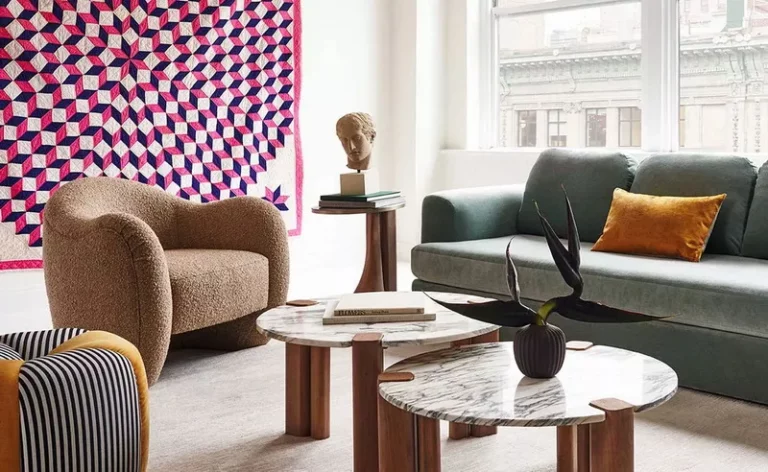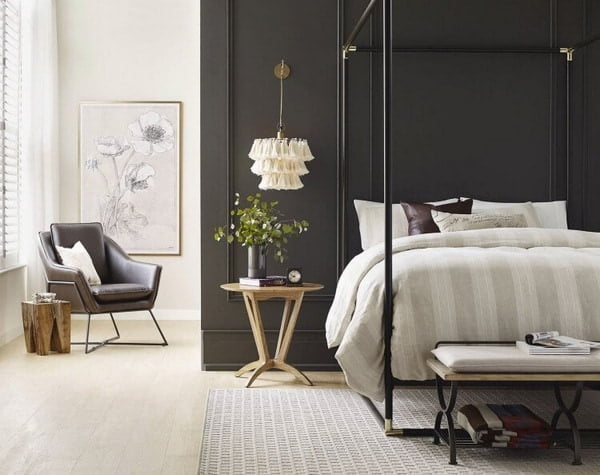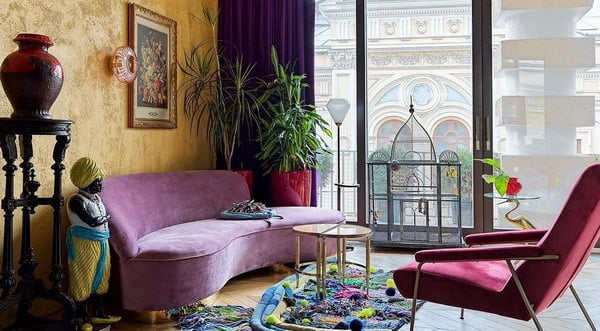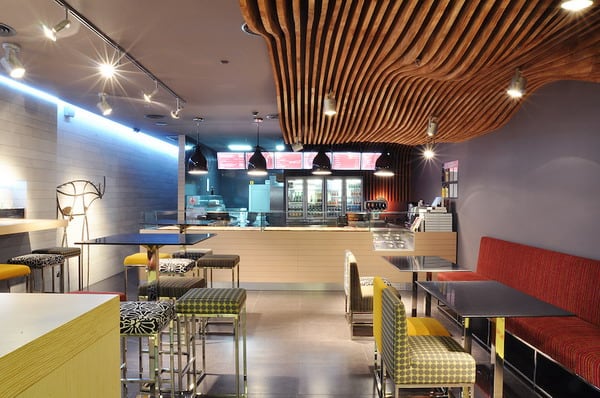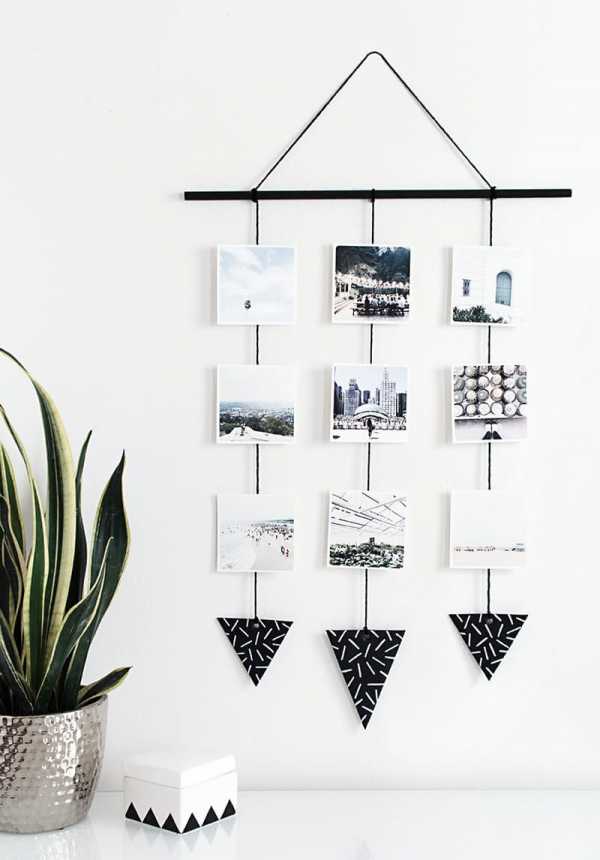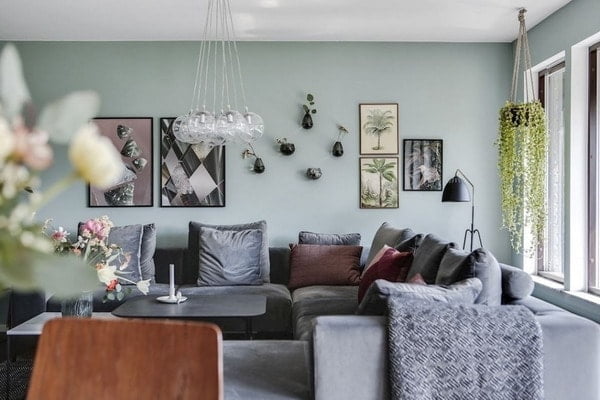New Trends In Hotel Architecture
Last Updated on May 13, 2024 by zeidqi
The executive director of Fantalis, a company specializing in the sale of facilities in the hotel and entertainment sector, Anton Basin, spoke about the new trends in hotel architecture.
Hotel establishments are an architecturally variable segment. New trends are constantly appearing in the decoration of rooms, halls, and the ergonomic construction of space. Most come to us from other countries. The development of each project is an interesting and exciting process, led by the identification of the guest’s portrait and determination of the institution’s orientation. The executive director of Fantalis, a company specializing in the sale of facilities in the hotel and entertainment sector, Anton Basin, spoke about the new trends in hotel architecture.
What are the new trends in hotel architecture and decor?
Association of public areas – open lobby
The trend to unite public areas first became known 8-10 years ago. Open lobby – a common space with restaurants, a business area, shops, a hotel lobby and a reception. In the open lobby there are no partitions between different functional tasks, and each zone is visually separated by design elements of the interior: floors, ceilings, highlighting with different colors, shelving with books, etc. This is a single multifunctional space that gives guests a diverse range of services.
Alternative use of the lobby area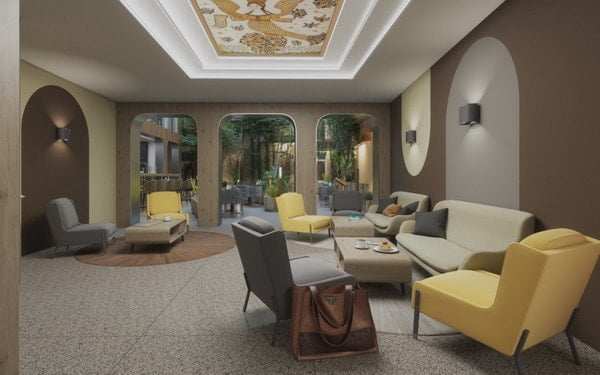
Today, the lobby is not just a zone where guests come to check in or check out from the hotel. Guests and residents come to a good and comfortable lobby area, make appointments and meet for a cup of coffee. Guests are attracted by the relaxed atmosphere, the lack of congestion tables and crowds.
An ordinary coffee house is filled with a large number of tables – the denser they are installed, the more it will work. In the lobby, on the contrary, they make more free space – in terms of functional convenience. It is important that people can arrange bags and suitcases, stand freely waiting for their turn at the reception.
We are talking about good hotels: appoint appointments, formal negotiations. I know entrepreneurs who do not have an office. They spend time in the hotel lobby, make appointments and discuss business. This is a trend. It has a positive effect on the hotel: people order coffee, food, alcohol. The hotel encourages this.
There are always sockets in the lobby near sofas and armchairs. Following the example of some airports and hotels, they began to install usb sockets in public places – it’s convenient to connect a mobile phone without an adapter with them.
Combining the front desk and bar counter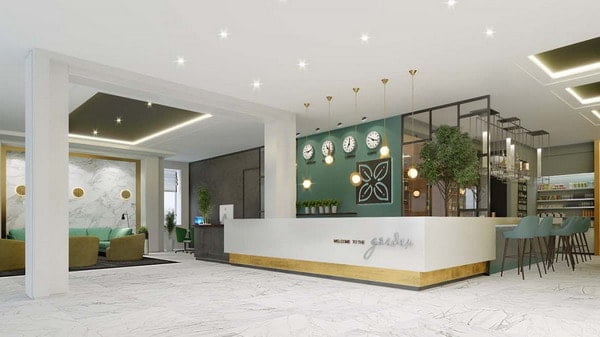
The combination of a reception desk and a bar counter in Russia was first introduced by Fantalis, starting with small and suburban hotels. Initially, this was done from the point of view of saving on staff, because in a small hotel – especially with a small load at 12:00, the reception is closed, and the bar is empty. In the evening, the opposite situation – the bar is loaded, the reception is bored. We combined these two racks: one person and serves coffee, and registers guests. The experiment began with small hotels.
The same trend is practiced abroad and has reached large hotels, where the reception desks and the bar are also combined in terms of economy in space and staff. This also includes the trend of opening stores. Previously, souvenir shops worked nearby, now souvenirs and useful little things are sold at the reception. These are all kinds of charges, toothbrushes – all that a traveler will need in the walls of the hotel and beyond.
Landscaping of the lobby area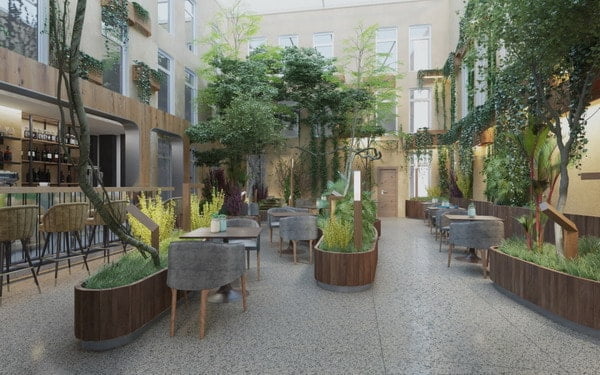
Vertical gardening, tubs with flowers is a trend that has come to city hotels from the category of country hotels. Landscaping with waterfalls is in demand. A bright feature of the Sretenskaya Hotel in Moscow is a cafe next to the lobby, decorated as a winter garden. We reconcepted this hotel; we unconditionally left the winter garden, but rethought it in a more modern way. The project has been adopted and will be implemented soon. Hotel greening is now becoming increasingly popular.
Trend for calm colors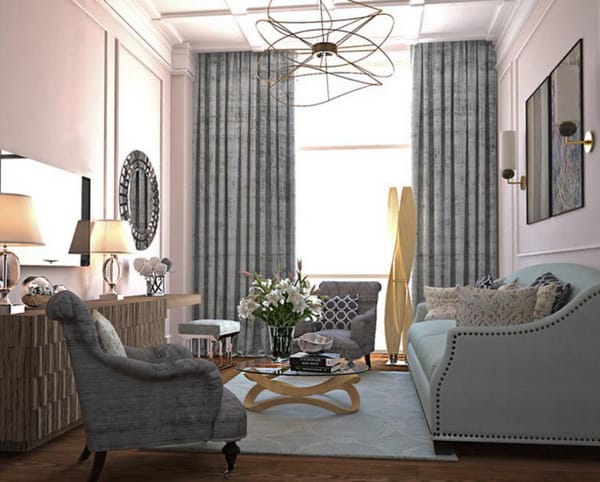
Hoteliers used to amaze the public with bright colors in interior decoration, unusual designs – this is a trend of 5-7 years ago. The more unusual – the more memorable the hotel. But this trend quickly went away. Personally, we never liked it. It was used only once at the facility where the customer insisted.
Why? If a person arrives at the hotel on business, then nothing should distract him. The design is calm, measured, relaxing simple colors, and everything around should be as functional as possible. This is a competent decision.
Many hotels do not comply with it. Functionally – this is when the switches are at the level of the hands, the outlet is right next to the bed, you do not need to look and think. All cabinets are simply opened with ordinary handles, no innovative models such as opening behind the door from above or below, pressing to open, etc.
Many try to experiment where it is not required. From the point of view of ergonomics, it is impossible to experiment. You can not remove what is familiar. Experiment with a new one!
A new trend is a little table moving out from under the bed, which is used not for food, but for a laptop, because many people work with laptops right in bed. So that the laptop does not stand on its knees, but on the table. In small rooms, combining a window sill with a table is also a new ergonomic solution. But with the handles for the cabinets that everyone is used to, it’s not worth experimenting.
Digital hotel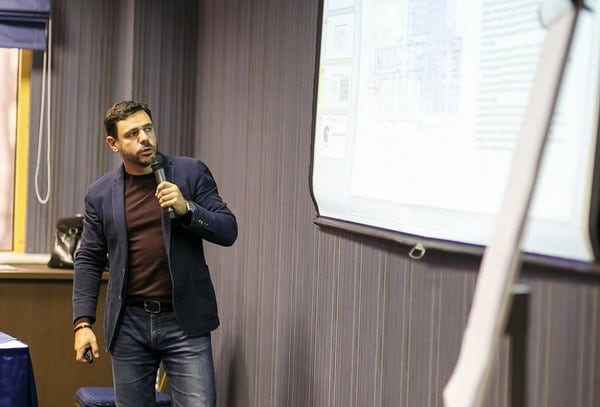
This trend has not yet reached us, and if it does, then only in a simplified form. These are ideas with smart devices, when everything is automated – it turns on and off using a mobile phone. Hotels invest a lot of money in creating specialized applications. Some hoteliers conducted statistics – how many of their guests use the application. This is only 10-12%, and a lot of money was spent. Of those who installed the application – from this small fraction, units use it in the future.
For guests, the hotel is a temporary home for which they do not want to waste time. The main thing is to get simple things: a delicious breakfast, a good night’s sleep, an invigorating shower, comfort – everything, they don’t need anything more in fact.
Usually people do not control their home with gadgets. Some decisions are likely to take root – for example, automatic registration in hotels where they save on staff. Instead of reception, digital specialized stations are installed. Music that goes from the guest’s iPhone to the speakers in the room via Bluetooth – these things will be in demand.
Original furniture
Increasingly, more elegant furniture is used to arrange rooms. Not just a desk, but a curved panel near the wall. Not just a chair, but a folding model, which is slightly springy, takes the form of a body. Such options are more expensive than usual, but there are production facilities that do it professionally and quickly.
If you are the owner of a hotel, you should understand that it is not worth ordering too original furniture, because each item has its own operational life and will have to be replaced over time. Look for continuous reliable production – one chair is broken, it was quickly replaced. For example, Yarmarka HoReCa has developed a series of modular furniture. The nightstand broke – you do not need to change it completely, modules and parts change, with cabinets as well. These items are interchangeable and are always in stock. Such solutions will be in demand.
Removing part of the bathrooms to the bedroom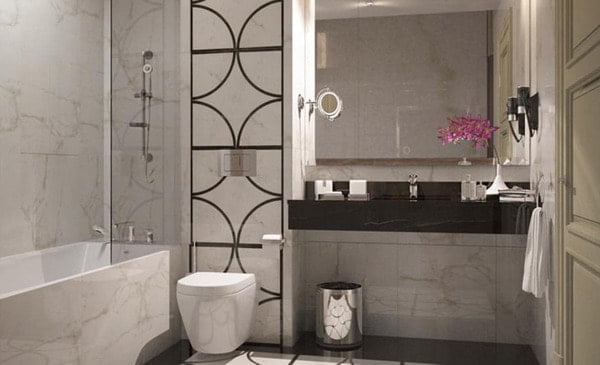
Many people use this solution not from a design point of view, but to save space. If you move the sink into the bedroom, then the bathroom is sharply reduced in size. The space around the sink is near the bed: the sink is placed on the outside of the bathroom, but occupying the area of the bedroom. Taking out a jacuzzi, bathtubs to panoramic windows is a common situation for boutique hotels and high-level hotels, not to mention the rooms for lovers.
Island Reception Trend
2-3 years ago this trend appeared abroad, and now it partially reaches us. The solution is to replace the front desk with a regular desk. The idea is to remove the demarcating high rack line. It is high so that a computer is installed inside it, there is a place for documents and keys – all that an administrator needs. It is also accepted that the administrator is standing. Accordingly, the stand is higher.
Now ordinary tables, computers are set up, the administrator sits down. The point is to remove the barriers between the guest and the administrator. It turns out more homely atmosphere. Not everyone agrees with this decision, including myself. People are not used to it, and they continue to look for a reception at the machine. In a simple table, they do not recognize the counter. For my part, this is a controversial trend, but from the point of view of economy it has a place to be.
Lighting trend: moving away from spot lighting to diffuse
This is a trend towards hidden lighting that highlights a specific area. The light on the wall reflects and illuminates the entire room. Lighting is adjustable for saturation, brightness and warmth. Technologies are improving, and architects immediately pick them up. It is convenient here that the light does not shine in the eyes, but the whole room is lit.
Large chandeliers in the halls
Increasingly, they place huge, expensive designer chandeliers. They act as a decoration and emphasize the sophistication of the hotel lobby.
Eco-hotel and eco-friendly materials
Everything with the prefix “eco” is incredibly fashionable and popular. Especially when camping. In city hotels, this is also successfully applied. Moreover, it is necessary to separate: the eco-materials from which they are built, and from the point of view of resource consumption – saving water, electricity, chemistry in order to bring less harm to the environment. The trend is popular in country hotels, but also in urban hotels.
Room size reduction
The trend regarding tourist, city hotels of economy level. The area of the room is reduced due to the use of more ergonomic furniture solutions: removal of washbasins in the bedroom, tables combined with window sills, transforming beds. In our company Fantalis, for example, we used the ergonomic solution of an extra third bed. The bed is not set, it is on top of the wall, as in a train compartment. If the third guest arrives, then he is accommodated in a standard room, and the third bed is pushed out of the wall at the level of 2-2.5 meters into a full bed.
The room area itself is reduced down to the originally Soviet 16-18 square meters. Firstly, due to the use of mobile solutions, secondly, the requirements of the guests are reduced – they spend less time in the room. They are located in the lobby, in the city on business, in the resort – if the hotel is a resort. If they spend time in the room, then busy. They work, watch movies or photographs from the rest and it is important that there are 2-3 sockets, and everything was at hand.
Large rooms were not originally needed, and now with a global enthusiasm for gadgets, guests do not pay attention to the size of the room, unless of course the number is not very high, where size matters. Some designers, far from the hotel world, still paint rooms of 30, 40, 50 square meters. Such a number is simply not for sale at such a price that it pays off. This trend does not apply to good family hotels where space is valued.
We at Fantalis in family hotels, in addition to the room size sufficient to accommodate a sofa bed for children, always provide for a children’s area visible to parents in the open lobby. And in the restaurant a special area is created with children’s tables and chairs low Swedish, so that children feel full and independent guests of the hotel. This category is described as a child friendly hotel. If the target audience is families, then the design should be appropriate: without sharp corners, large glass vases, using fewer steps.

